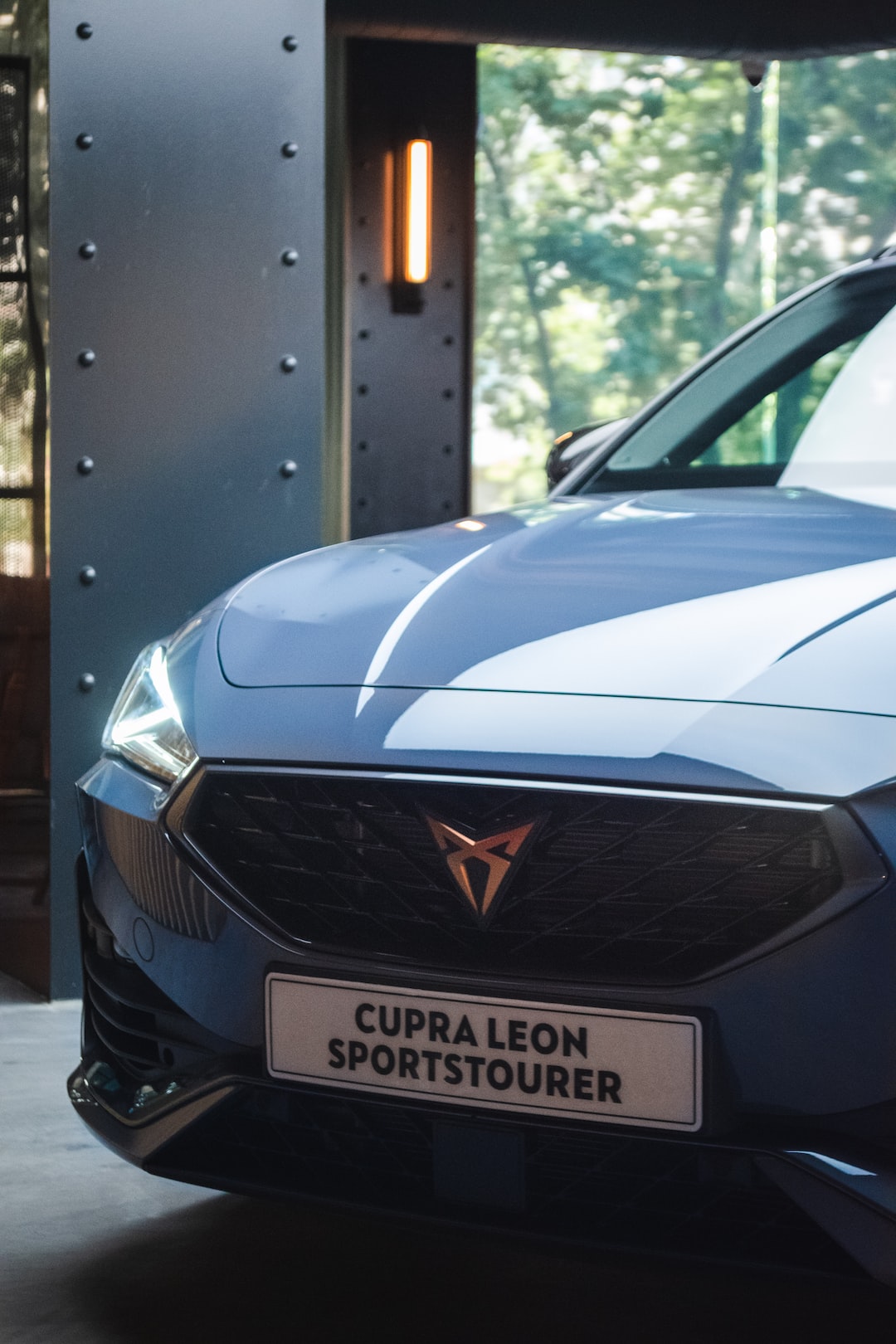Off-road racing vs. traditional motorsports: What sets them apart?
When it comes to motorsports, two distinct categories often come to mind: traditional racing and off-road racing. Each has its own unique appeal, attracting fans and adrenaline junkies from around the world. From the famous “Buckshot Racing #77” to the Formula 1 races, the differences between these two forms of racing are clear.
One obvious distinction between off-road racing and traditional motorsports is the environment in which they take place. While traditional races are commonly held on paved racetracks, off-road racing takes competitors off the beaten path and onto rugged terrains. Whether it’s battling through dusty deserts, rough mountain trails, or muddy swamps, off-road racers face unique challenges that demand unparalleled skills and resilience.
The vehicles used in each form of racing also vary significantly. Traditional motorsports typically feature highly-engineered race cars designed for speed, precision, and aerodynamics. These machines are built to navigate tight turns and achieve maximum velocity on smooth tracks. On the other hand, off-road racers rely on rugged, powerful trucks or buggies that can withstand the demanding conditions of off-road terrain. These vehicles are equipped with larger tires for enhanced traction, reinforced suspension for durability, and powerful engines to tackle tough obstacles.
Another distinction between these two forms of racing lies in the nature of the competition itself. Traditional motorsports focus strongly on lap times and precision driving. Drivers are required to maintain constant speed, flawlessly execute turns, and find the racing line that yields the fastest lap. In contrast, off-road racing is often more unpredictable and chaotic. Racers must adapt to changing terrains, overcome unexpected obstacles, and demonstrate exceptional control over their vehicles. Off-road competitions often involve short, intense bursts of acceleration, followed by skillful maneuvers to navigate through challenging landscapes.
The risks associated with each form of racing are also significantly different. Traditional motorsports, while still dangerous, benefit from strict safety measures and controlled environments. Racetracks are designed with high safety standards in mind, and measures such as safety barriers, crash-absorbing materials, and mandatory safety gear for drivers are in place. In off-road racing, however, the risks are heightened due to the unpredictable nature of the terrain. Drivers must be prepared to face unexpected dips, jumps, rocks, and rough patches, often driving at high speeds. Safety precautions are crucial, and drivers must wear specialized protective gear and vehicles must be equipped with roll cages and other safety features.
In conclusion, off-road racing and traditional motorsports offer distinct and thrilling experiences for both participants and spectators. Whether it’s the high-speed excitement of traditional racing or the off-road adventures of iconic teams like “Buckshot Racing #77,” these two forms of motorsports each have their own unique allure. From the environment and vehicles involved to the styles of competition and risks faced, off-road racing and traditional motorsports offer a world of contrasts that keep fans coming back for more.
Publisher Details:
Buckshot Racing #77 | Mercury OMC Yamaha Outboard Performance Parts
https://www.buckshotracing77.com/

